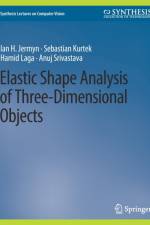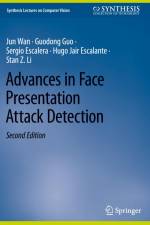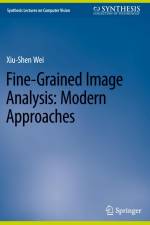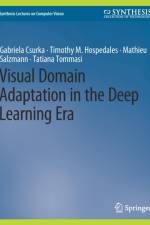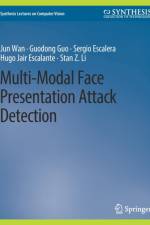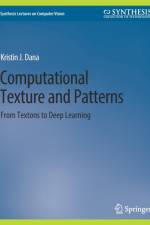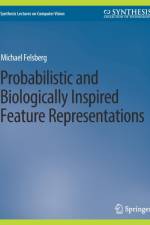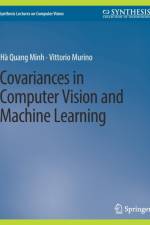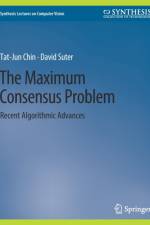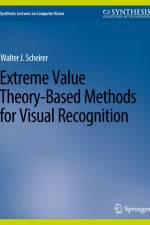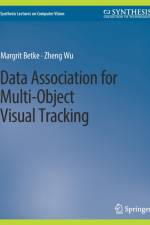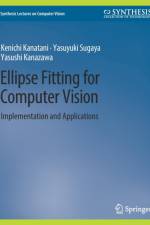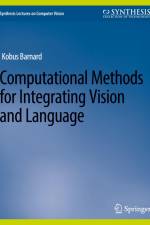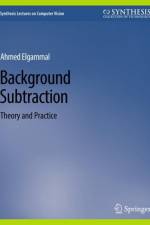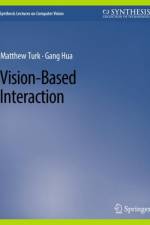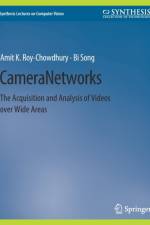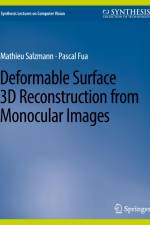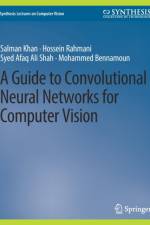av Salman Khan
687
Computer vision has become increasingly important and effective in recent years due to its wide-ranging applications in areas as diverse as smart surveillance and monitoring, health and medicine, sports and recreation, robotics, drones, and self-driving cars. Visual recognition tasks, such as image classification, localization, and detection, are the core building blocks of many of these applications, and recent developments in Convolutional Neural Networks (CNNs) have led to outstanding performance in these state-of-the-art visual recognition tasks and systems. As a result, CNNs now form the crux of deep learning algorithms in computer vision.This self-contained guide will benefit those who seek to both understand the theory behind CNNs and to gain hands-on experience on the application of CNNs in computer vision. It provides a comprehensive introduction to CNNs starting with the essential concepts behind neural networks: training, regularization, and optimization of CNNs.The book also discusses a wide range of loss functions, network layers, and popular CNN architectures, reviews the different techniques for the evaluation of CNNs, and presents some popular CNN tools and libraries that are commonly used in computer vision. Further, this text describes and discusses case studies that are related to the application of CNN in computer vision, including image classification, object detection, semantic segmentation, scene understanding, and image generation.This book is ideal for undergraduate and graduate students, as no prior background knowledge in the field is required to follow the material, as well as new researchers, developers, engineers, and practitioners who are interested in gaining a quick understanding of CNN models.

